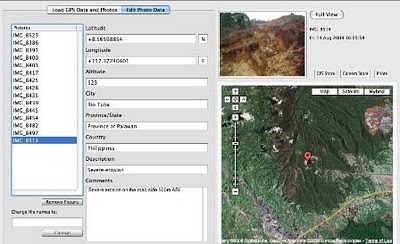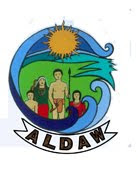IUCN World Conservation Congress 2016, Hawai’i, USA,
Friday, 2 September 2016, 19:30-21:00
Room 314-UNDP Kauhale
Abstract of the session (including reception, drinks and snacks)
This session will see the launch of a collection of 12 impact stories about participatory 3-dimensional modelling (P3DM) – an innovative process that maps traditional knowledge as physical three-dimensional models. P3DM enables marginalised communities to present their territory – together with their own valuable knowledge – in a physical and visual form, offering an opportunity to monitor precious resources against outside threats and preserve them for future generations. It helps to foster sustainable natural resource management, gives a voice to grassroots communities and helps them to influence policy-making and make informed decisions on climate change adaptation. The Power of Maps: Bringing the third dimension to the negotiation table is published by the Technical Centre for Agricultural and Rural Cooperation (CTA), which has been in the forefront of activities to promote the practice across African, Caribbean and Pacific (ACP) countries.
Speakers include those who narrated stories captured in the book and others who have been practicing P3DM across several continents and for diverse purposes.
Objectives of the event
- To launch a new CTA publication which is part of the ‘Success stories’ series
- To demonstrate the value of participatory mapping in three dimensions and its impact on identity building, informed spatial planning and community engagement
- To discuss how best to further upscale the deployment of the process in community-based initiatives
Format and Programme
The general format of the workshop will be as follows (total time: 90 min):- Opening, introduction of speakers and key questions to be addressed (5 minutes)
- Video address by CTA (3 min)
- First set of two presentations (7-10 minutes each) (20 minutes)
- Questions and answers, followed by discussion related to the first set of presentations (15 minutes)
- Second set of two presentations (7-10 minutes each) (20 minutes)
- Questions and answers, followed by discussion related to the second set of presentations and for general discussion as well. (20 minutes)
- Closing comments (5 min)
Detailed programme:
19:30-onwards: Reception, serving of snacks and drinks19:35-19:40 Opening, introduction of speakers and key questions to be addressed Dialogue moderator: Hindou Ibrahim, IPACC West Africa Coordinator
19:40-19:45 Address and introduction of the publication (video link); Giacomo Rambaldi, CTA Senior programme coordinator
19:45-20:05 First set of two presentations:
Senoveva Mauli, Solomon Islands Community Conservation Partnership (SICCP), Solomon Islands
Ana Fekau, Min of Environment in Tonga
20:05-20:20 Q&A and discussion (on first set of presentations)
20:20-20:40 Second set of two presentations
Nigel Crawhall, IPACC, South Africa
M’Lis Flynn, Wet Tropics Management Authority (on private capacity), Australia
20:40-20:55 Q&A and discussion (on second set of questions) Time allowed for general discussion as well.
20:55-21:00 Closing comments and distribution of copies of the publication to participants: Nigel Crawhall, IPACC, South Africa






